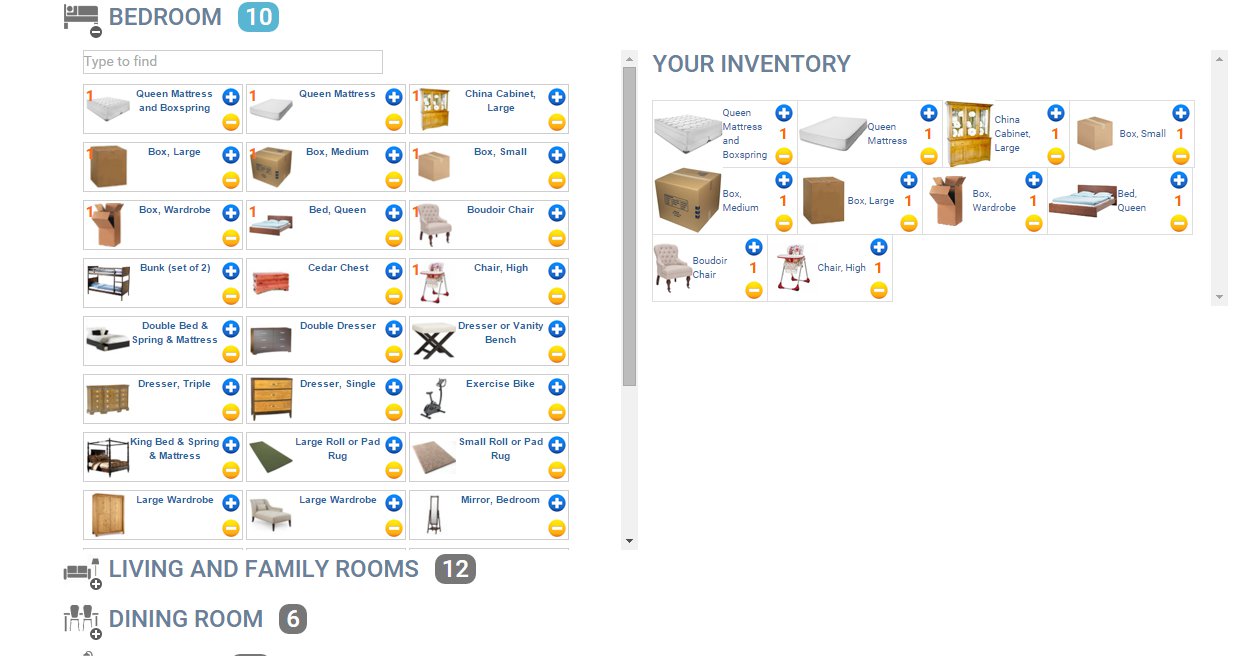Find a Mover
How to Find a Mover
To find a mover there's three applications that you can use on this site:
- Calculate my move
- Search via city or state
- Look up a specific moving company via license number or name
Calculate My Move
When people find movers, the first thing that comes to mind is how much they will cost. Starting A Trucking Company Cost. One thing standing in the way of customers when they want to find local movers is misunderstanding of prices. If you are thinking about how to find good movers, one of the most important things to do is figure out price. Trucking Paperwork. If their pricing is reasonable, then you can continue doing business with them. To find movers in your area that fit your budget, read on.
If you want an accurate quote for your move you should use our "Calculate My Move" tool. Choosing Best Trucking Business To Start. The first step is placing your basic information such as your name, number and email. The second step is filing out your inventory via pictures or by the name of the items. Starting A Trucking Company Successfully. This will tally your total weight or cubic footage. Do take into consideration it will not count packing or the cost of material.
If you want this calculation you should communicate what material is needed to the moving company so that they can provide it to you.
Search via city or state
Each state has a list of moving companies within that state. BOC-3 Filling For Trucking Business. If you click to a specific state you will see all the major cities where you will see professional moving companies. Owning A Trucking Company Without Driving. There is no favoritism for these companies and the companies are simply posted based on how many reviews they have. Navigating The Highways Of Cross-State Trucking. Obviously, if you complete a move calculator quote we will connect you to movers that directly provide service in your area.
Look Up a Specific Moving Company
If you need to find information such as a company's license number or numbers, A Guide For Trucking Companies. you can use "Find a Mover" Trucking Authority Packages. which you can either search via the specific license number attached to the company's legal name or just search them by typing in their name. Expand Your Trucking Business. If you start with the first few letters of the name, the system will automatically generate the names that match the category.


Add Comment